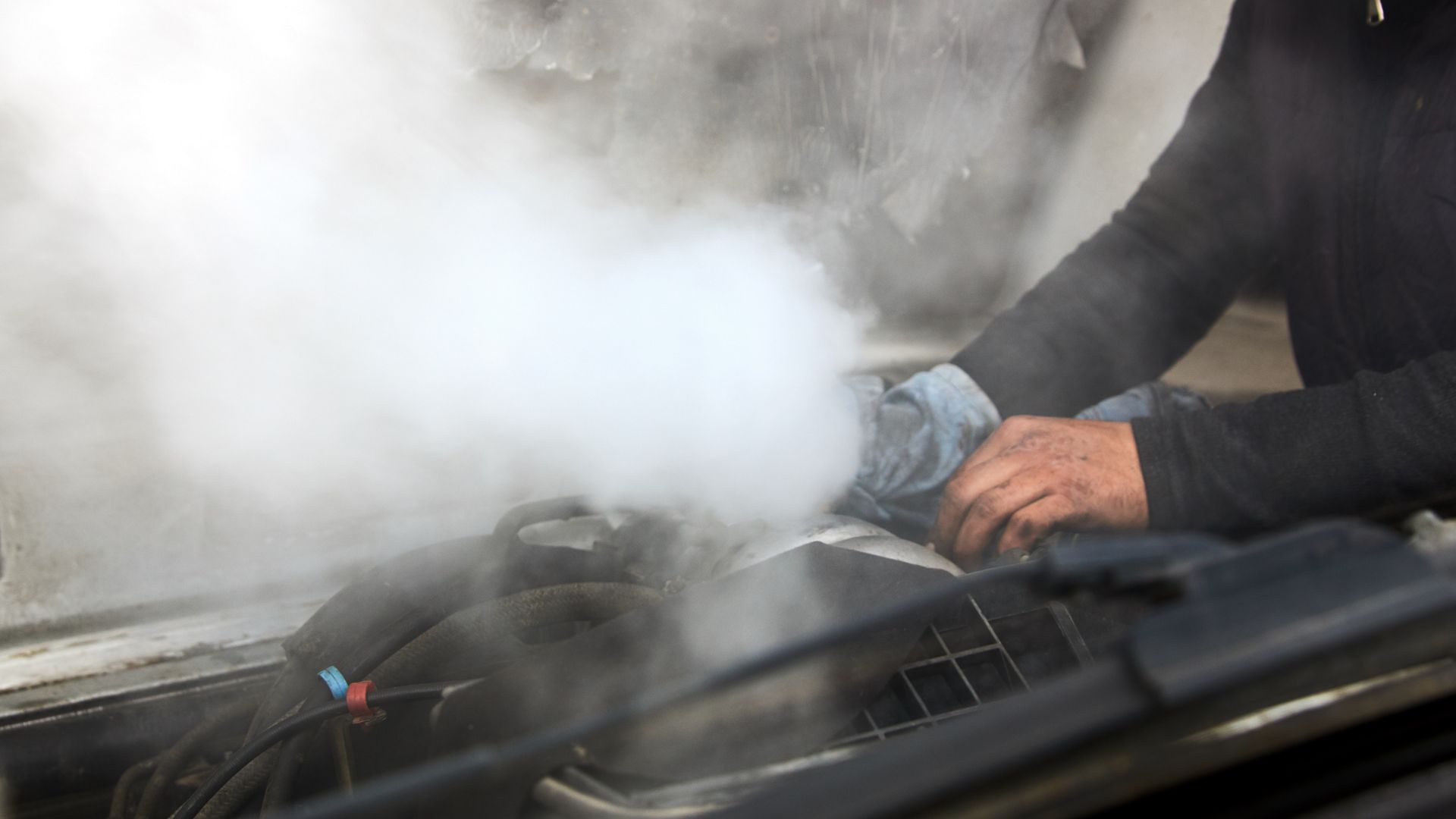The coolant keeps the engine cool. Marek Lipnicky and Zuzana Brodnianska (Faculty of Technology, Technical University in Zvolen) have also noted in this report that coolants protect metallic components from corrosion.
But coolant is only helpful to you when it has healthy hoses that allow the substance to flow through the engine. You have the upper radiator hose that takes hot coolant away from the engine and the lower radiator hose which carries cooled coolant back to the engine. These hoses can break because of the following reasons:
1). The Cap Is Faulty
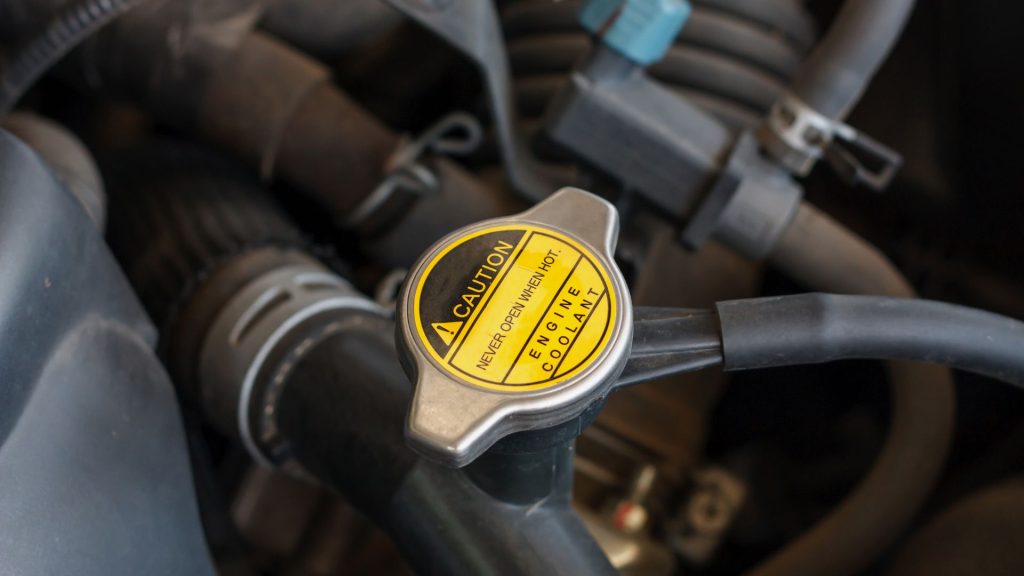
The layperson will blame a damaged hose on excess pressure. But where does that excess pressure come from? The cap controls the pressure by allowing the air to enter or escape, depending on the pressure.
A defective radiator cap can increase the pressure to dangerous levels. The experts at Practical Classics blame dysfunctional caps on consumers that get the pressure wrong when they replace a radiator cap. Although, a cap’s internal elements can also corrode and break, including the springs and seals.
Faulty radiator caps will manifest other symptoms, including engine overheating and coolant leaks. The hoses will either burst immediately (in extreme circumstances) or gradually wear down before failing.
2). The Coolant Hose Is Old
Your mechanic will probably assign the hose a lifespan of five years, but these components can easily last ten or even fifteen years. That being said, any hose older than a decade should worry you.
Don’t expect the line to deliver the same performance you’re accustomed to. Hoses tend to wear out over time. Some of them will break outright. Others will swell. You also have those that collapse inward. Signs of an old and worn-out hose include:
- Bulging
- Coolant leaks
- Cracks and splits
- Overheating in the engine
- Collapsed hose
3). The Engine Is Overheating
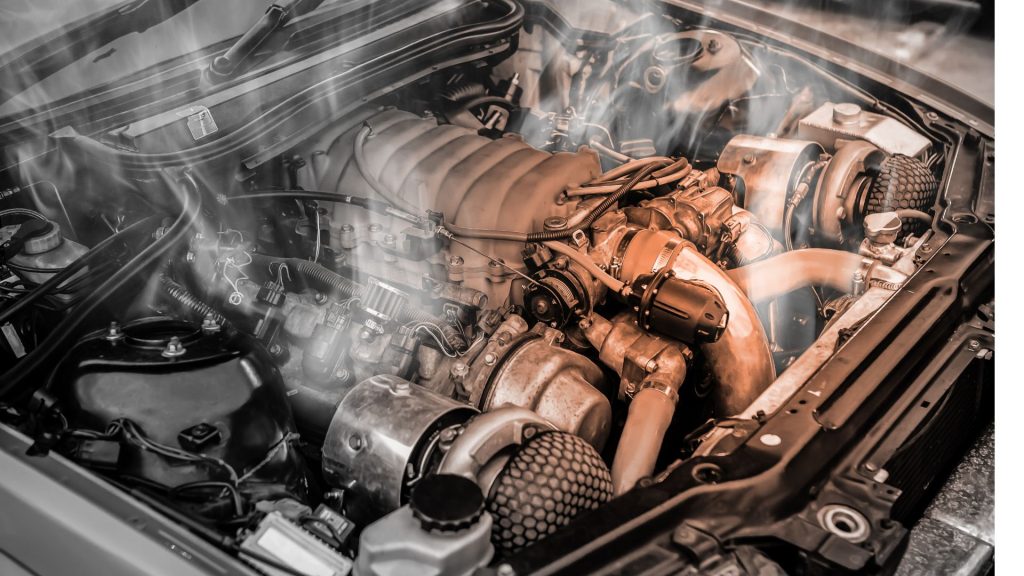
Engines can operate comfortably within a temperature range of 190 to 220 degrees F. Engines that overheat are dangerous because the head gasket will blow, creating a coolant leak. Exposing the fluid to an engine’s excess temperatures will cause it to boil, elevating the pressure when this boiling coolant passes through the radiator.
Older radiators are more likely to collapse or burst than their newer, stronger counterparts.
4). The Expansion Tank Hose Is Blocked
If the symptoms point to a gummed-up radiator cap, but you’ve eliminated the radiator cap as a potential culprit, check the expansion tank hose. A blocked vent hose will prevent air from flowing back into the expansion tank as the engine’s temperature falls.
5). The Radiator Hose Is Clogged
A clogged hose will restrict the flow of coolant. Naturally, the temperature will rise because the coolant cannot reach the engine. Or the coolant can’t flow in sufficient amounts. A warning light on the dashboard will come on to inform you that things have gone wrong. This issue can damage the hose if you allow it to persist.
Troubleshooting A Broken Coolant Hose
Most drivers aim to identify a vehicle’s fault before the coolant hose bursts. But some people only notice the hose’s defects when it bursts. However, even if it’s too late, finding and eliminating the cause will protect the replacement hose:
1). Check The Radiator Cap
- Start by checking the radiator cap. This means parking the car and waiting for the engine to cool.
- Remove the cap and inspect it.
- Look for gummy deposits. If you find them, clean the cap with a toothbrush and detergent.
- Reinstall the cap. If the hose appears to swell when you start the vehicle, you have a damaged radiator cap, or the vent hose is blocked.
If you’ve chosen to replace the radiator cap, get the correct PSI. Use the vehicle’s VIN to identify a suitable replacement.
2). Check The Clogged Expansion Tank Hose
You identify clogging by pushing a plastic drinking straw into one of the hose’s ends. This assumes that you removed the hose. Straws are preferable because you need to blow through them to determine whether or not the hose has obstructions.
Rinse the hose thoroughly to remove particulate matter. A stiff wire will make short work of stubborn blockages.
If the hose already broke, you can cut it open to prove once and for all that a blockage ruined it. If the car starts misbehaving before the hose breaks, take it to a mechanic and ask him to inspect the hoses.
3). Check The Radiator
Open the hood. What happens when someone gradually increases the speed by stepping on the pedal? If the lower hose collapses, you can blame the clogging in the radiator.
Take the car to a mechanic and ask them to inspect the radiator. Besides ruining the hose, blockages in the radiator will increase the engine temperature beyond the acceptable threshold.
4). Check The Hose
When did you buy the hose? If you don’t remember, squeeze it. Older, worn-out hoses are hard. Their brittle construction doesn’t match the soft and spongy texture you find in new hoses. Replace an old coolant hose.
If the hose is new, look for cracks in those areas where the hose curves. You should also check the connection points. Do you see fraying or any sign of a leak? Don’t ignore heat damage. You need a mechanic to troubleshoot the engine. An overheating engine is a more prominent threat than a damaged hose.
Rainbow Muffler recommends insulating tape. This is a temporary solution. You can wrap the tape tightly around a hose’s cracked or broken sections before driving to a repair shop. But again, this is not a long-term solution.
Can You Drive With A Busted Coolant Hose?
Not really. Think about it. What happens when the hose bursts? The coolant will leak. This fluid carries excess heat away from the engine. Without the coolant, the engine will overheat. You will smell the coolant before the car begins to misbehave.
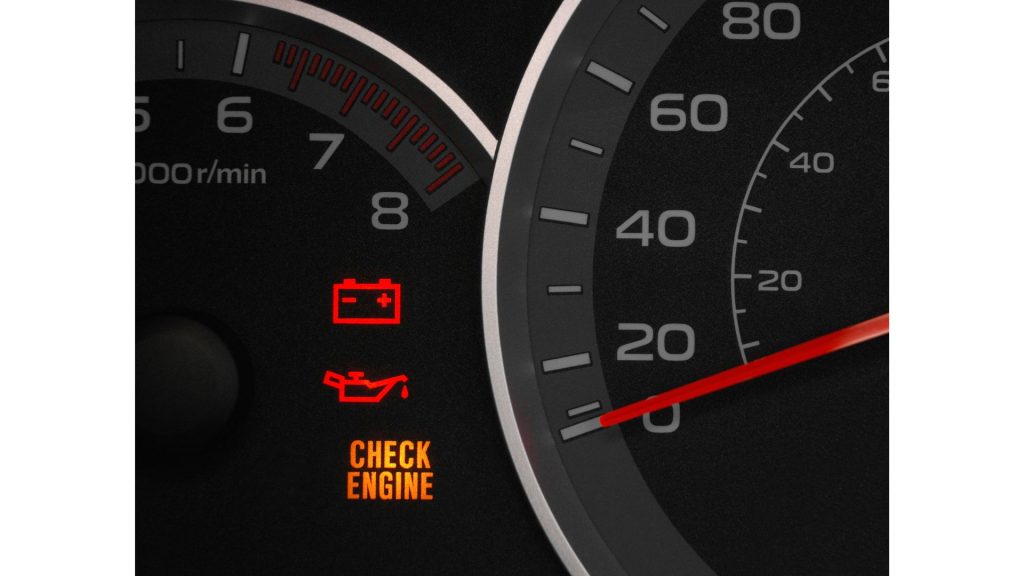
Coolant has a sweet odor. Even if you can’t smell it, the ‘Check Engine’ light will let you know. If you’re lucky, the engine will cut off. You see this in modern vehicles with protective mechanisms. Those mechanisms are appealing because driving without coolant will eventually damage the engine due to the excess heat.
The head gasket is inexpensive. However, you could also lose the water pump, pistons, and cylinder head, to mention but a few. Therefore, you should park the car.
Laypeople should only continue to drive if the repair shop is nearby. You can drive a car with a busted hose for a short distance. Keep in mind that you won’t lose all the coolant at once. Therefore, the engine won’t overheat immediately.
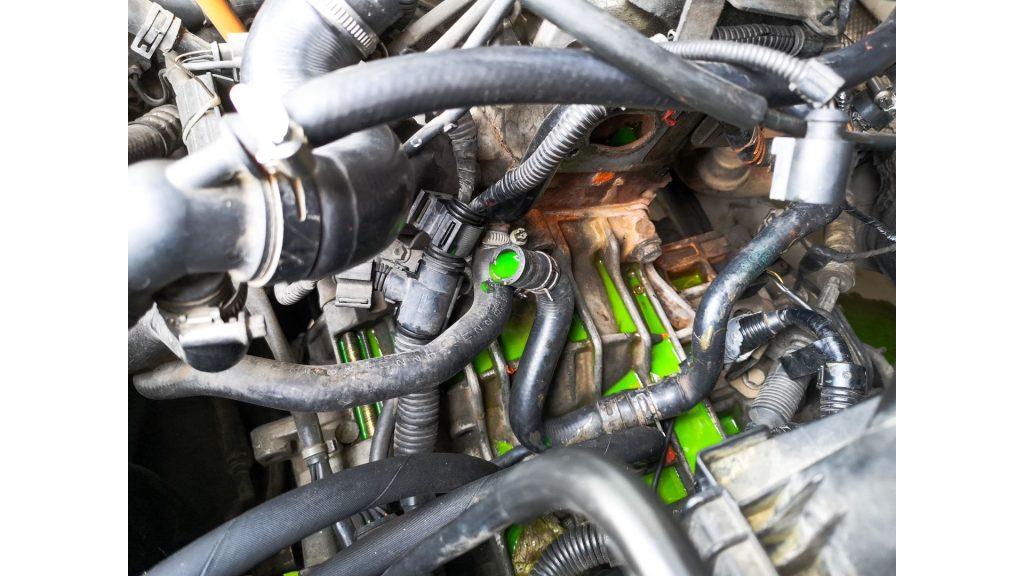
Depending on the size of the hole, the coolant will leak gradually. The smaller the hole, the slower the coolant leak, and the longer you can drive without the engine overheating.
Some savvy drivers will cut the area with the hole off. This works because many modern vehicles have small and compact engines. Usually, the manufacturer packs hoses into a tiny space, which is problematic because the excess heat and abrasion tend to lower the hose’s durability.
But in this case, that compact construction will work in your favor because you can install a slightly shorter hose without disrupting the coolant flow.

